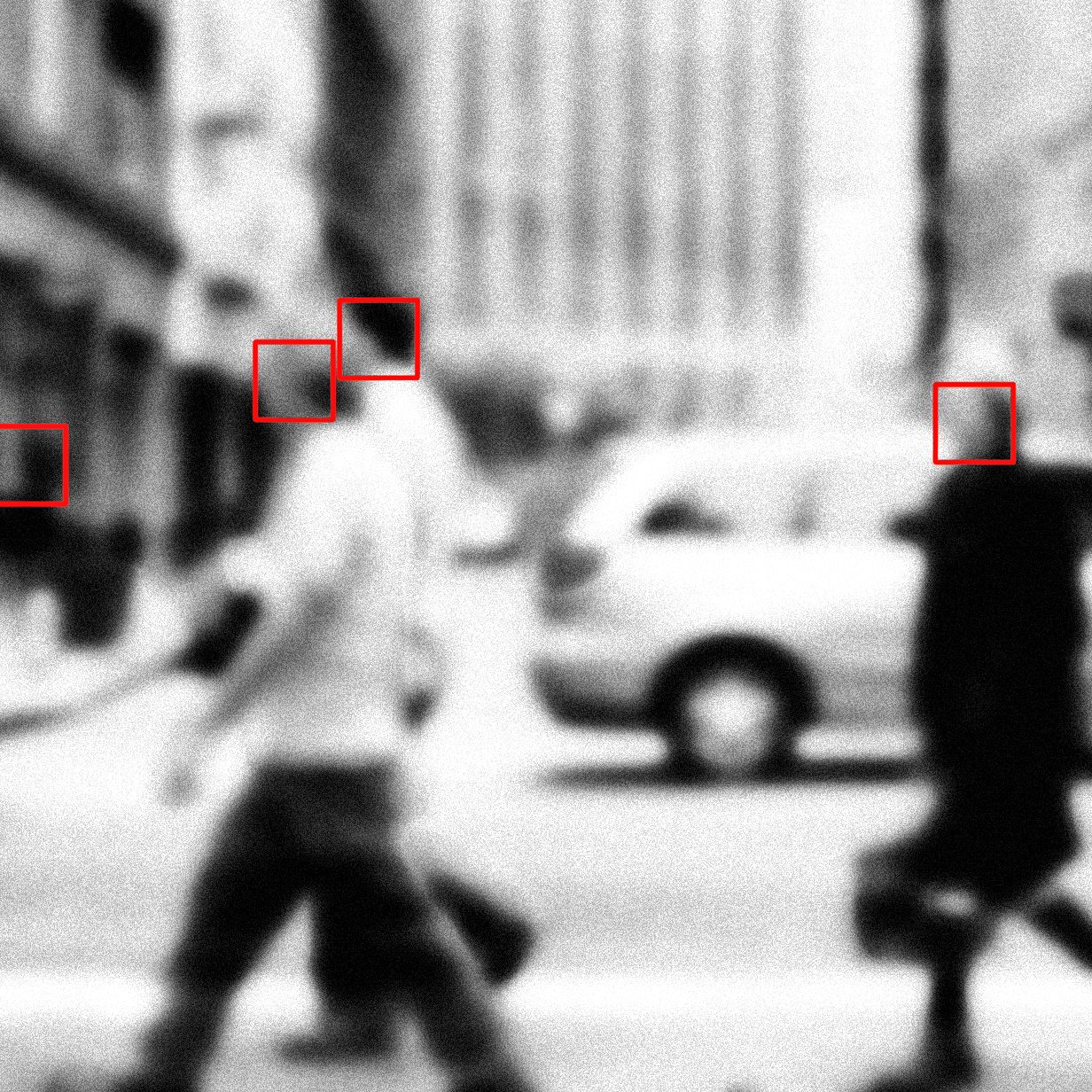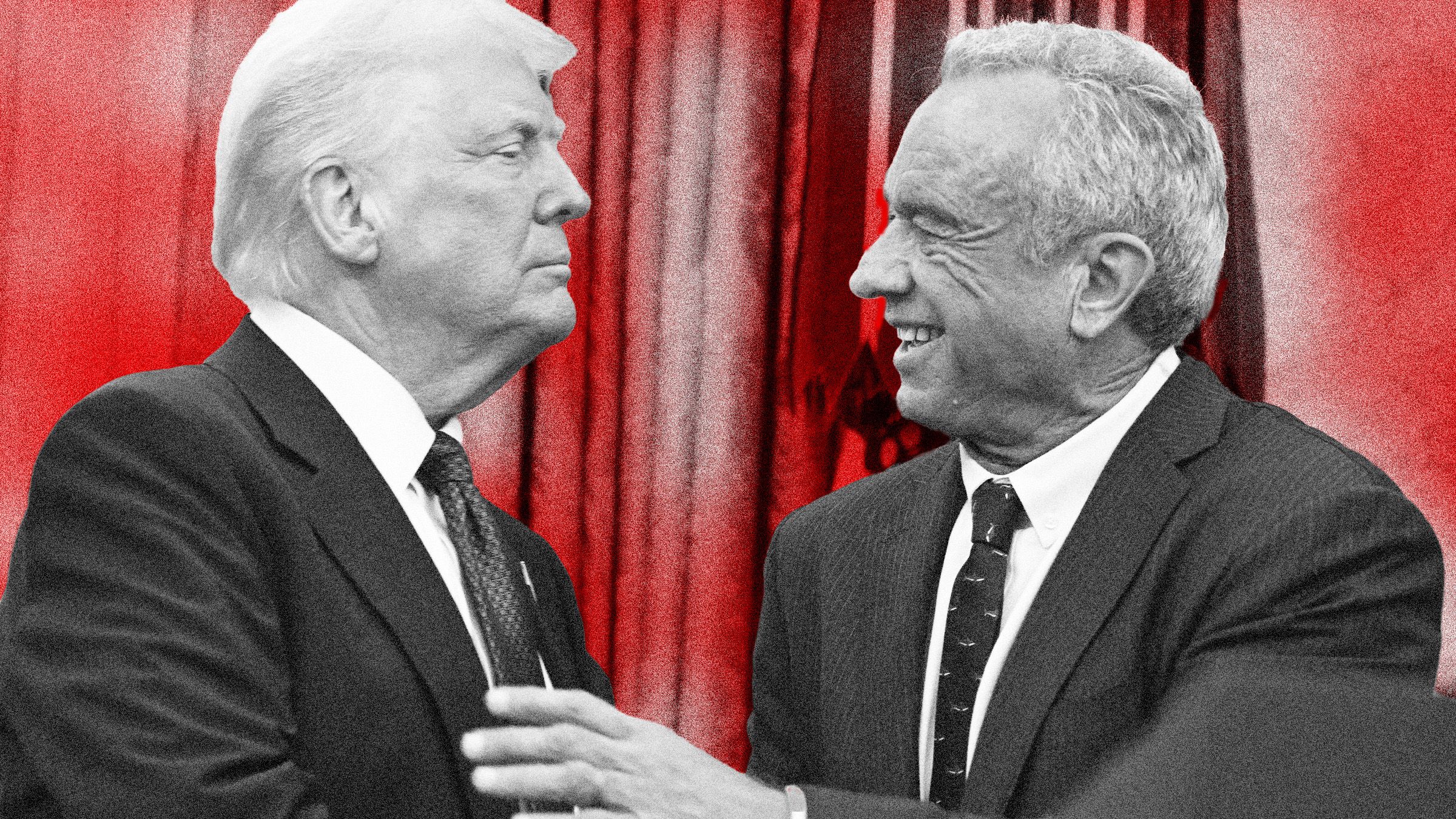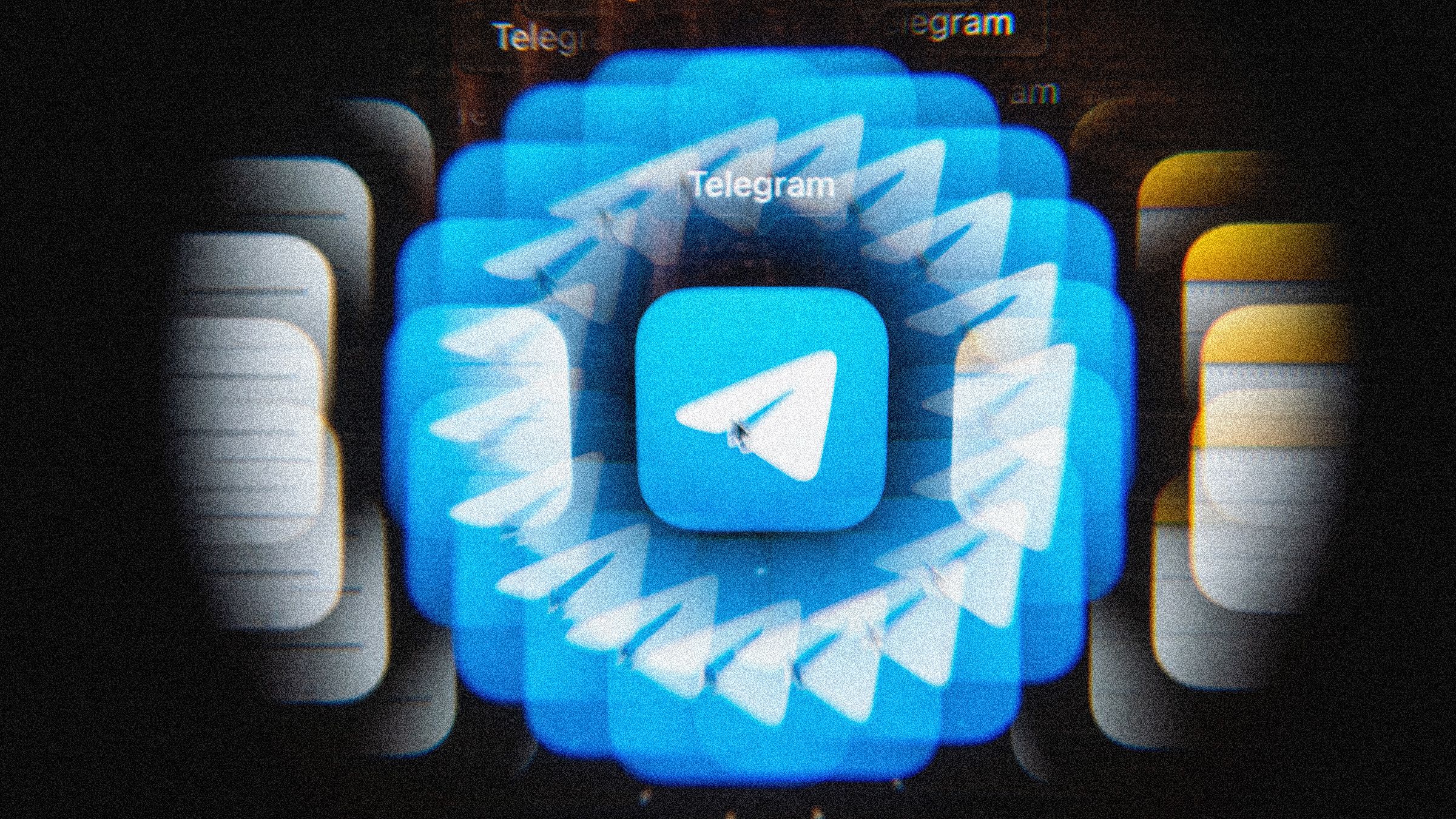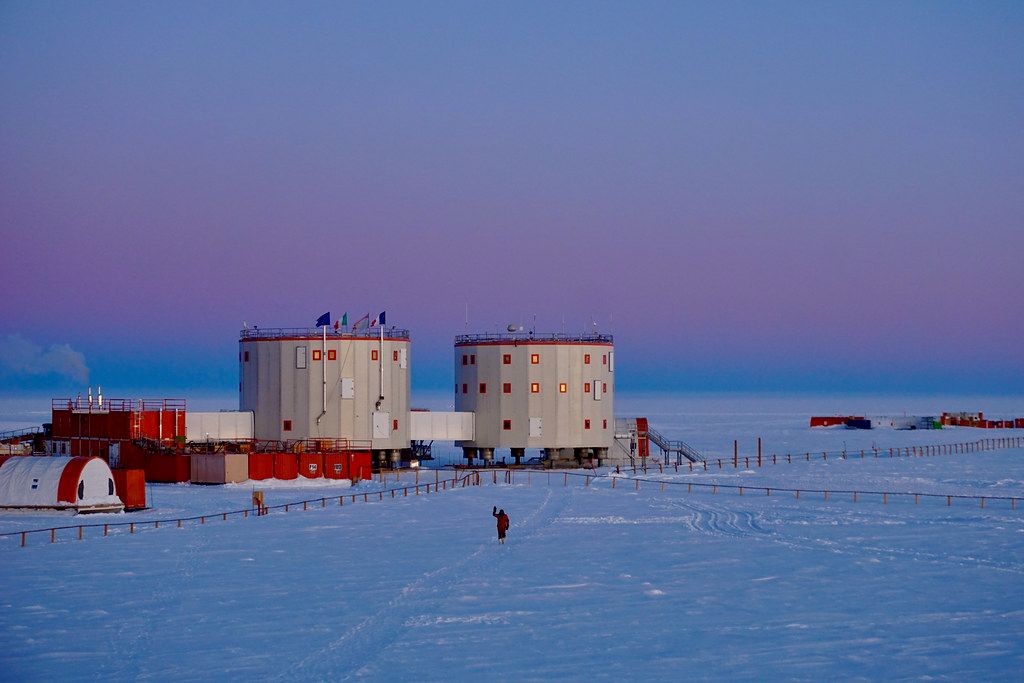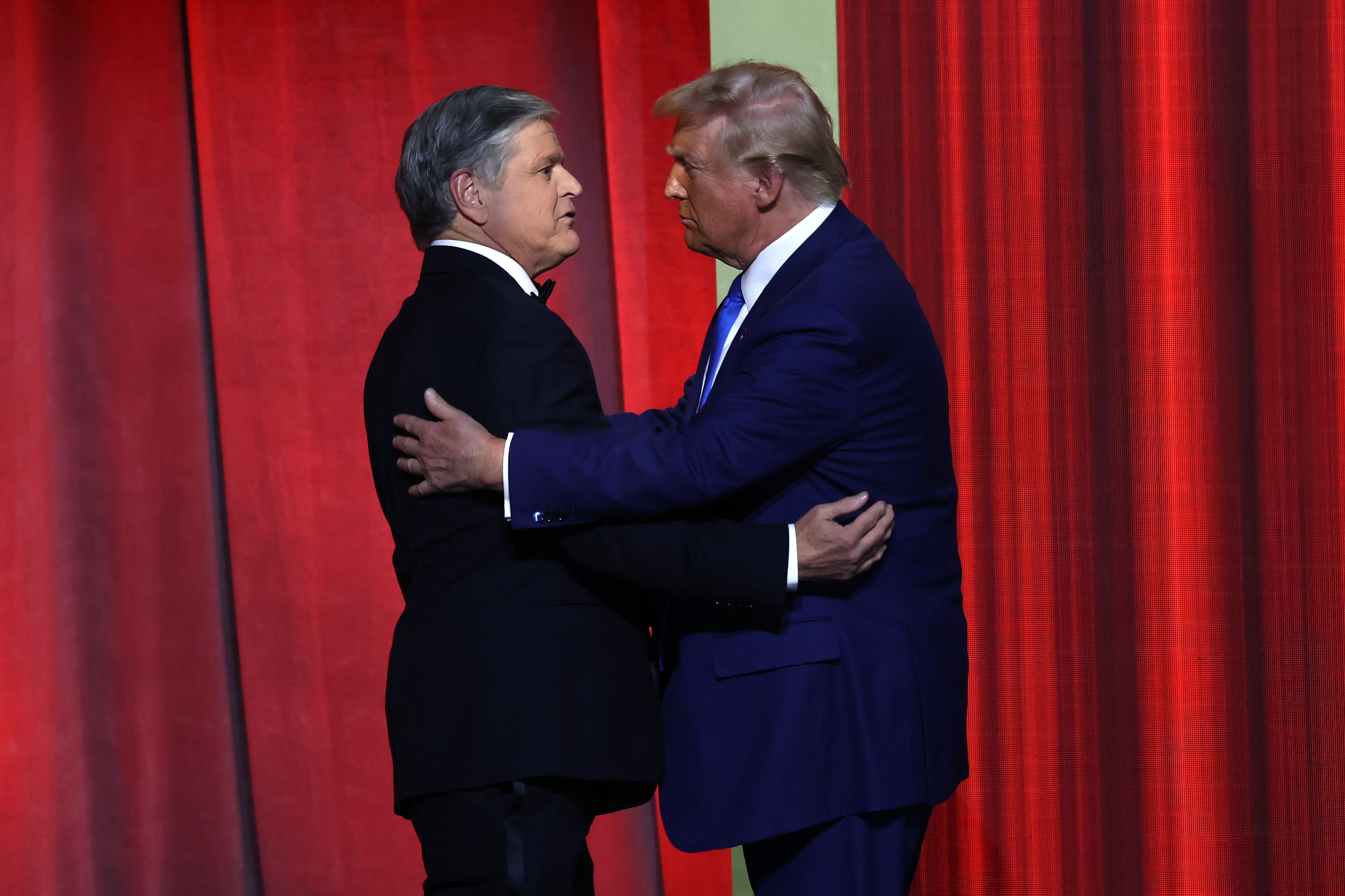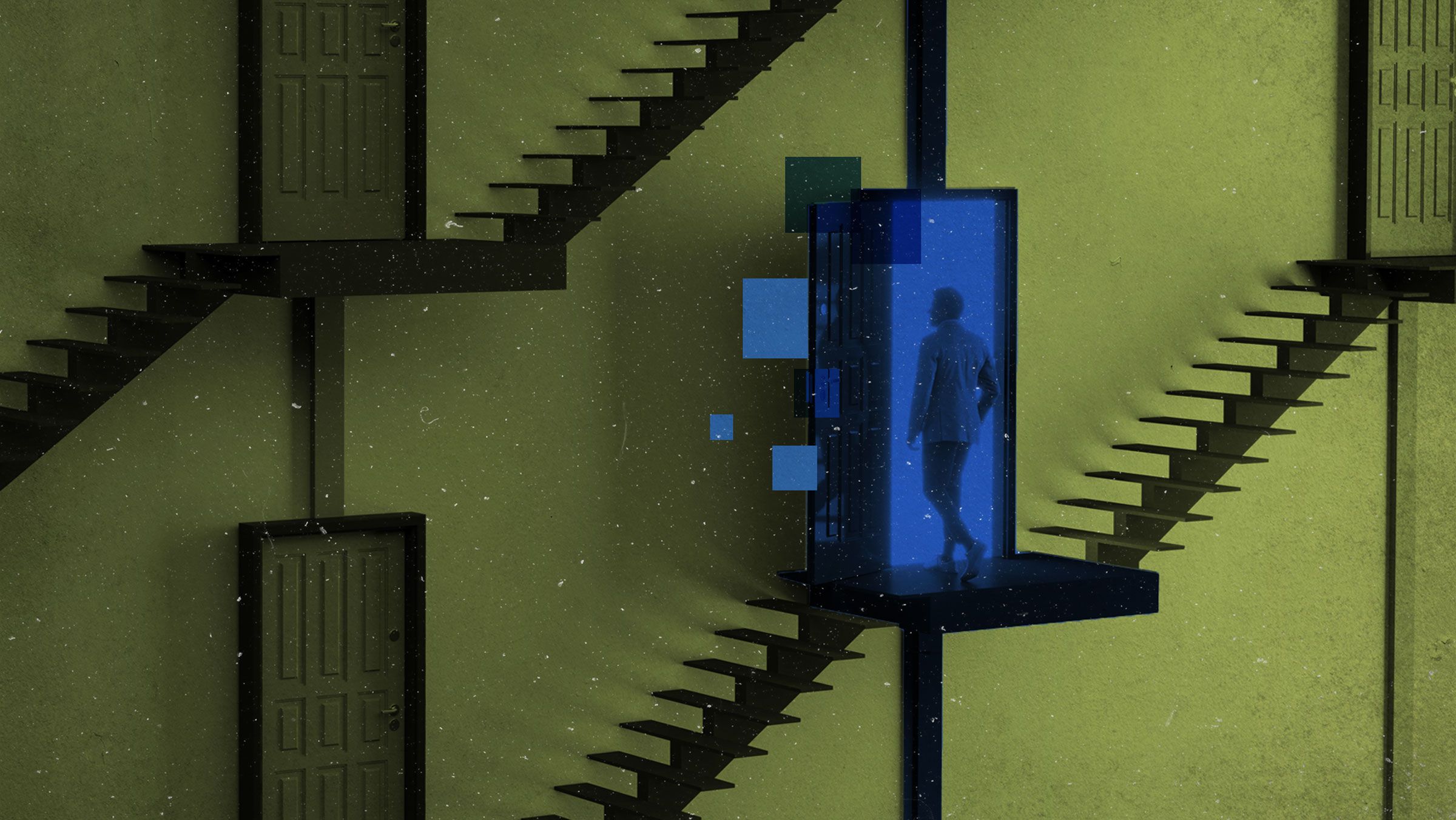Here’s What Marines and the National Guard Can (and Can’t) Do at LA Protests
Here’s What Marines and the National Guard Can (and Can’t) Do at LA Protests
The recent protests in Los Angeles have raised questions about the roles and responsibilities of Marines and…

Here’s What Marines and the National Guard Can (and Can’t) Do at LA Protests
The recent protests in Los Angeles have raised questions about the roles and responsibilities of Marines and the National Guard in maintaining order and safety during civil unrest.
Marines are trained for combat and are not typically used for domestic law enforcement purposes. Their primary role in a protest situation is to support local authorities and provide logistical and technical assistance.
The National Guard, on the other hand, is a reserve force that can be called upon by state governors to help maintain order during emergencies. They have authority to work alongside law enforcement to protect life and property.
However, both Marines and the National Guard are limited in their ability to engage directly with protesters. They are not authorized to make arrests or use force unless in self-defense or to protect others.
It is important for these military personnel to adhere to strict rules of engagement and respect the rights of individuals to peacefully assemble and protest.
While their presence can help deter violence and provide a sense of security, it is crucial for them to operate within the bounds of the law and avoid escalating tensions with protesters.
In times of crisis, coordination and communication between military and civilian authorities are essential to ensure a peaceful resolution to protests and demonstrations.
Ultimately, the goal is to protect the safety of all involved and uphold the principles of democracy and freedom of expression.
By understanding the roles and limitations of Marines and the National Guard in protest situations, we can work towards constructive dialogue and positive outcomes for our communities.
